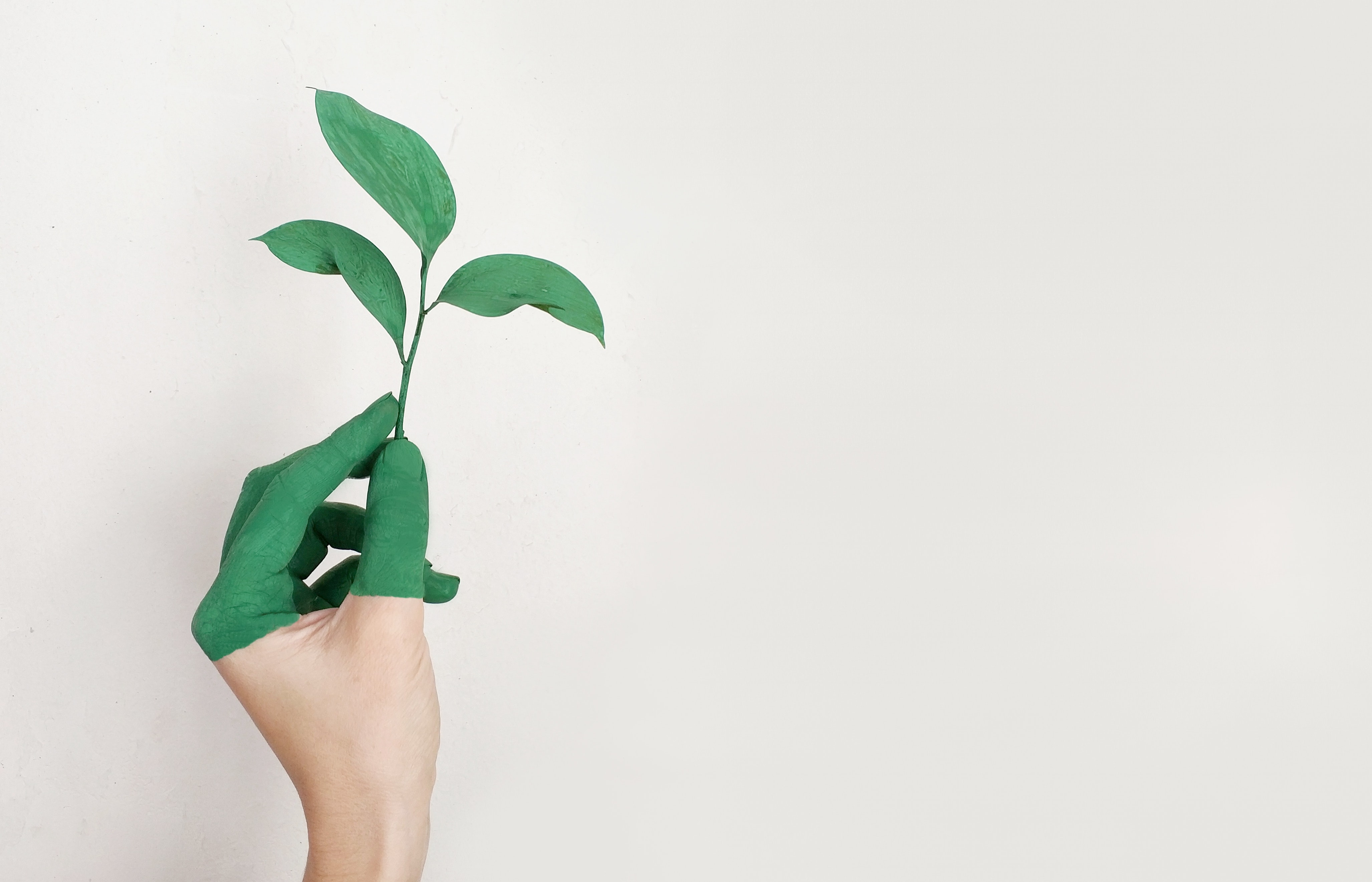Much has been made of the future of interior design. From sweeping advances in technology bringing a newfound level of immersive depth to the design stage of projects through augmented reality, to the almost limitless possibilities unleashed by 3D printing, to the social interconnectivity of the internet’s role in matching clients to their industry professional soulmates.
While dazzling ourselves at the prospect of the brave new world that’s just around the corner, we can find ourselves guilty at times of forgetting another important and necessary staple of modern interiors: sustainable design.
While the need to bear more consideration to the environmental impact of our work is already imperative, it’s safe to say that the future will be one of heightened ecological awareness that will permeate virtually all industry to an extent.
The sustainable design movement isn’t a particularly new concept, and the term gained poignant meaning after the 1987 UN-commissioned study known as the Brundtland Report stated: “Humanity has the ability to make development sustainable to ensure that it meets the needs of the present without compromising the ability of future generations to meet their own needs.”
The buzzword was slow to take off, but evident climate shifts and increased global awareness of the perils of pollution has given sustainability refreshing momentum in recent times. But how does the sustainable design movement affect the interior design industry?
Everything from the design to production process of redecorating an interior has an effect on our carbon footprint, and the increased onus on creating environmentally friendly living spaces has begun to pick up a rapid pace. A Google Ngram search for the term ‘upcycling’ reveals that it’s popularity has increased exponentially since it’s arrival in the public consciousness in the early 1990s, and designers that are able to work using eco-friendly materials is gaining high appeal.
When luxury style and interior design magazine, Amara, ran an article on the five key ways that the industry was changing, sustainable design made the list – with author Freddie Chatt highlighting that the movement is responsible for the rise in popularity of shabby-chic.
An increasingly aware market is already growing ever more conscious of environmentally friendly design and how professionals can utilise materials in a way that minimises its impact.
Upcycling is an extremely positive and creative way of creating unique designs using existing materials and decor. One particularly effective form of this practice comes in the form of ‘Foresso’, which brings new life to discarded wood chippings from workshops by encasing them in a solid surface that can be used for strikingly effective tiles and surfaces.
There’s also plenty of great effects that can be made through the recycling of everyday objects that would otherwise be discarded. For example, the use of old glass bottles to create shades for pendant lamps and candle holders has become very popular in the world of redecoration – especially so in eco-conscious bars.
Furthermore, the new materials that you purchase should be done so with due consideration paid for the environment, this means that while plastic is cheap and easy to customise, it can be replaced by natural woods and stone for a lighter carbon footprint in your design.
Likewise, artificial light is great for creating a moody ambience, but nothing beats optimising the power of natural light when redecorating a living space. By looking to maximise this, you can not only create an airy, alluring effect but lower the cost of electricity bills. Furthermore, you can help reduce the client’s heating bills by positioning the windows of your project to take in more sunlight, while also utilising energy efficient glass that’s lined with a coating designed to reflect heat and ensure an added layer of semi-natural insulation.
To further underline the effect of your sustainable design, look to organic materials as well as eco-friendly wall coverings – wooden panels do a great job and remove the risk of paint jobs emitting harmful substances.
Finally, one of the brightest, most enjoyable, and productive ways of helping the environment and ensuring sustainable design’s prevalence in your work is to create spaces that are ripe for the inclusion of plants. Plants not only add natural character to a home but help filter air. If you’re looking to utilise plants to help improve the air quality in a home, then there are few better solutions than to incorporate bamboo and peace lilies into your design.
So there you have it, while we have some way still to go before having an eco-friendly planet once again, the sustainable design movement that’s committed to helping it continues to gather momentum, saving the environment one room at a time.


